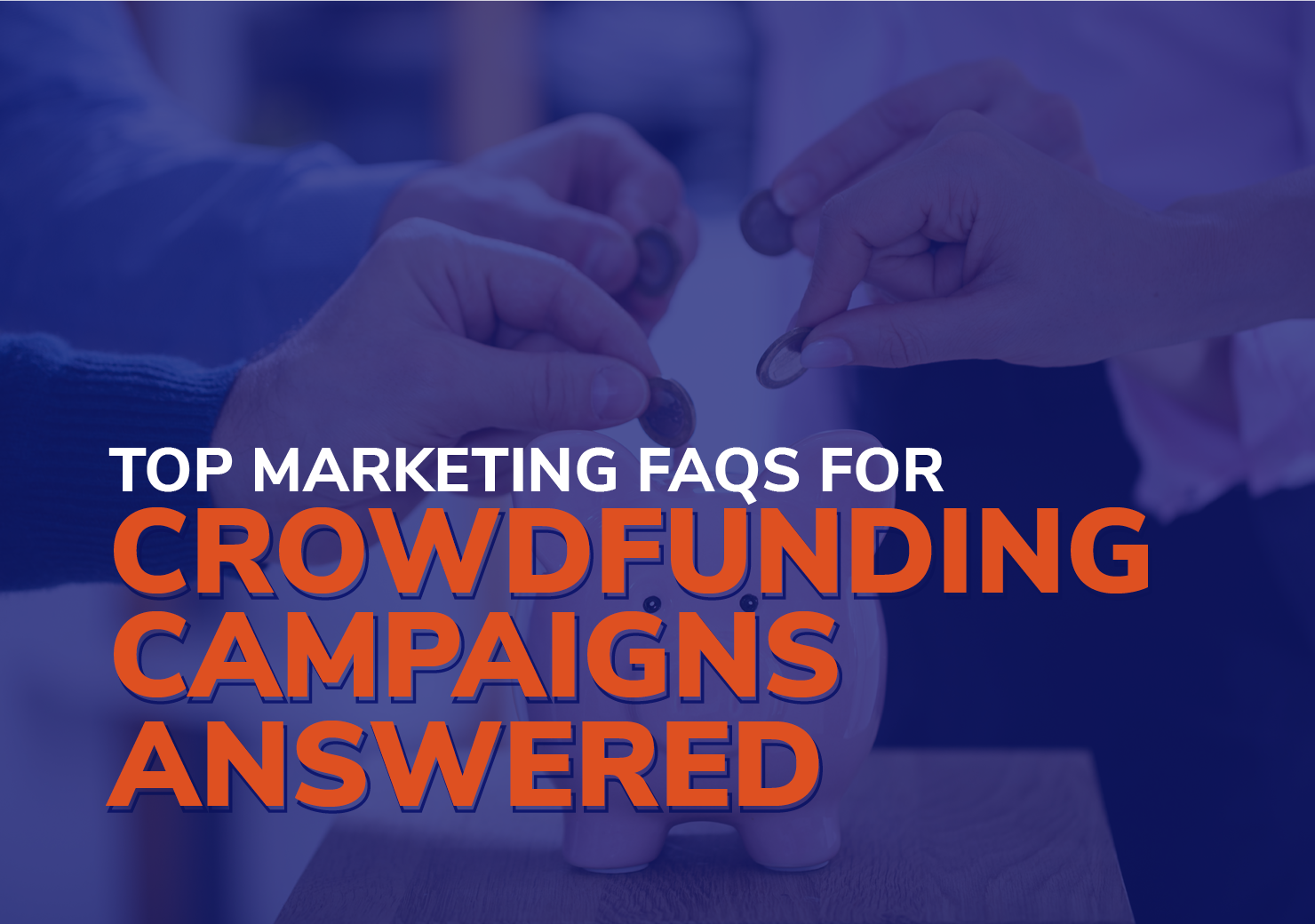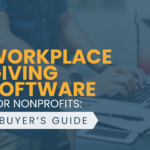Top 5 Marketing FAQs for Crowdfunding Campaigns, Answered

Crowdfunding generates over $17 billion yearly in North America, and that number is only expected to grow. With individual donations serving as the largest source of giving for nonprofits, crowdfunding inherently holds significant fundraising potential.
However, it’s no mystery that nonprofits must use effective marketing strategies to earn this crowdfunding revenue. Joshua Fields, co-founder of The Next Steps program, explains, “Nonprofits have to use marketing tools and tactics to tell their stories, spread their impacts, and garner support from the greater community.”
The power of crowdfunding and thoughtful marketing is undeniable, but getting started is another story. Many nonprofits are not sure where to start when it comes to promoting a crowdfunding campaign, which is why we’ve created this guide! In it, we will answer the most common questions about marketing your campaign and provide tips for getting started.
1. What are the best platforms to promote my crowdfunding campaign?
Most marketing campaigns start by answering one question: Where will you promote your fundraiser? Whether you plaster a flyer onto a community bulletin board or spread the word online, the platforms you use to share your campaign are key to successfully garnering donors’ attention.
Different platforms serve different purposes, and your nonprofit should also consider where its donors are most active. However, crowdfunding statistics reveal that the following platforms are most effective in promoting your campaign:
- Social media: The sharing power of social media makes it a critical tool for crowdfunding success. In fact, the probability of success increases drastically according to the number of people who actively follow your account. Take Facebook, for example. Crowdfunding success increases from 9% to 20% to 40% with every order of magnitude increase in Facebook friends (from 10 to 100 to 1000).
- Email: Crowdfunding emails yield surprisingly high conversion rates—over 50% of people who receive an email about a crowdfunding campaign end up donating. Using direct email blasts to inform donors about your campaign, upcoming deadlines, and your fundraising progress is highly effective, especially considering that crowdfunding campaigns get 126% more donations when owners update supporters.
- Peer-to-peer: 14% of donors worldwide have created an online peer-to-peer fundraising campaign. This means that some of your nonprofit’s supporters may be willing to help promote your campaign, allowing you to tap into their social and professional networks for greater visibility.
Remember that the channels your nonprofit uses should depend on your unique audience, current marketing strategy, and even your crowdfunding platform. When you research crowdfunding websites, look for one that allows you to easily share the campaign. For example, if your platform offers sharing integrations with email and Facebook, you may consider leaning into these channels more heavily.
2. How much do I have to spend on marketing?
The paradox of nonprofit work is that organizations like yours work to fulfill world-changing missions with limited resources. Allocating those resources effectively is a top priority, especially in marketing.
A general rule of thumb is to spend 5-15% of your nonprofit’s revenue on marketing, keeping your overall budget in mind. For smaller nonprofits, this may mean relying more heavily on social sharing techniques and free or low-cost platforms to spread the word.
Fortunately, many of the marketing tools at your disposal are completely free to use. If you are looking for a couple of options to start with, Getting Attention’s list of free tools highlights the following:
- Canva, a graphic design platform with over 400,000 customizable templates
- Grammarly, which proofreads your written content to suggest fixes for any spelling, grammar, punctuation, and clarity errors
- Typito, which allows you to create text videos branded to your nonprofit in one of over 20 video formats
- Google’s Ad Grant program, which grants eligible nonprofits $10,000 of credits to spend on Google Ads
If your nonprofit has a larger marketing budget, consider investing in high-quality content creation. Your best bet will be to consult a professional marketing agency for their expertise on your marketing needs.
3. Who is my target audience?
While your marketing efforts should be widespread, you must also take a targeted approach to ensure your campaign resonates with prospective donors. Every nonprofit’s audience is different, so you will need to tailor your marketing efforts according to your unique supporter base.
Look to your existing donors first, then expand to their networks through peer-to-peer campaigns and marketing channels with sharing power, such as social media. You can also seek support from corporate partners, who often have more financial resources and social influence to raise support for your cause.
To identify potential corporate sponsors, Fundly recommends looking for:
- Previous involvement: Companies with employees who have volunteered with your nonprofit, attended your events, or otherwise shown interest in your cause will likely be excited to contribute to your crowdfunding campaign.
- Alignment with your nonprofit’s sector: Appeal to companies that work in a similar sector and have a strong understanding of your nonprofit’s needs.
- A well-known CSR program: A company that already invests in corporate social responsibility (CSR) is well-equipped to engage its employees and participate in your campaign.
Keep in mind that targeting corporate audiences unlocks the potential for numerous sources of support. Various workplace giving programs, from matching gifts to corporate volunteerism to social fundraising, can offer support for not just your crowdfunding campaign, but your future fundraising endeavors, as well.
4. What metrics should I track to measure marketing success?
Key performance indicators (KPIs) can provide valuable insights into your marketing progress and help you adjust your strategies to achieve the highest number of conversions. For example, you might track website traffic to determine how many users engage with your website to learn more about your organization and donate. On the other hand, low engagement could indicate that you need to fine-tune your website by optimizing certain pages and elements.
Other metrics to measure include:
- Conversion rate
- Email open and click-through rates
- Social media engagement
- Return on ad spend (ROAS)
Your crowdfunding software may track platform-specific metrics and export reports to help you gain deeper insights into your marketing data.
5. How do I maintain donor relationships after the campaign?
As any nonprofit professional knows, donor engagement does not end when the campaign does. You will need to steward long-term relationships with your crowdfunding campaign’s donors to keep them invested in your mission for the long haul.
Use the data you have gathered to personalize communications using donors’ names, information about their gifts, and additional ways they can get involved. For example, let’s say you created a crowdfunding campaign for Giving Tuesday. Thank each donor by name for their specific gift amount, then invite them to a New Year’s gala or Valentine’s Day event to secure their return soon after the close of your campaign.
Your marketing efforts determine who knows about your campaign and how compelled they are to get involved. For this reason, crowdfunding campaigns are only as successful as the marketing efforts behind them. Take the time to research crowdfunding platforms, understand your audience, and properly thank donors. As a result, your nonprofit won’t just see crowdfunding success—you will secure long-term relationships with loyal supporters.


